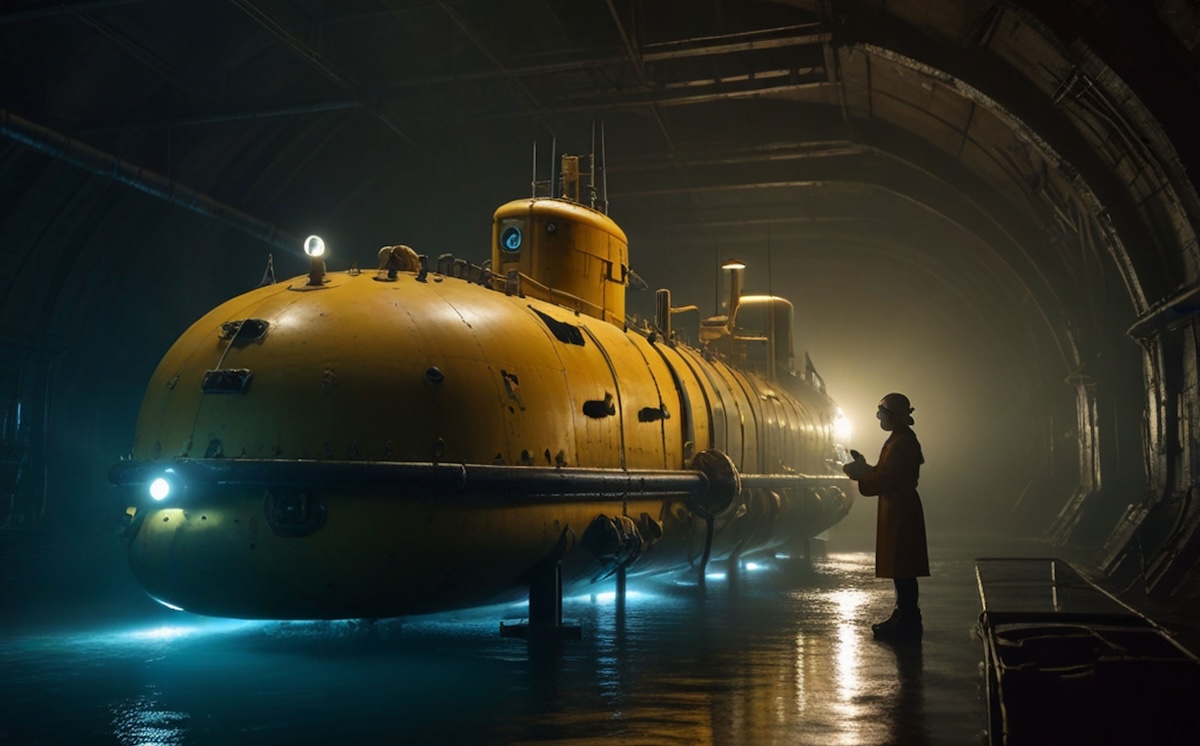Addressing the Skills Gap: Sparking Middle School Student Interest in Submarine Manufacturing Careers
The U.S. manufacturing sector faces a massive skills shortage. Employers are desperate to find qualified workers with the technical skills needed to grow their operations. Over the next decade, 4 million manufacturing jobs will likely be needed and 2.1 million are expected to go unfilled. America’s submarine industry alone will need to hire 140,000 skilled employees over the next 10 years to meet the Navy’s growing demand for submarines.
One of the best ways to address this crisis is through early career-education. By introducing students to STEM careers and sparking interest in essential industries like naval manufacturing, state leaders and district administrators are inspiring students to explore and learn about critical industries while paving the way for the workforce of tomorrow.
Career interests and aspirations often begin to form as early as age 10. By middle school, students are starting to make connections between their academic work and future career paths, making it an ideal time to be exposed to emerging technologies and career possibilities. In the May 2022 report, Question the Quo, by the ECMC Group, a majority (63%) of teens said they wished they were provided more information about the variety of postsecondary opportunities available.
In the classroom, students often ask, ‘When am I going to need this in real life?’ The Association for Career and Technical Education (ACTE) reports that students who engage in career exploration are more likely to understand the relevance of their coursework. Through career-connected learning, students understand how academic concepts connect to real-world careers which can improve academic motivation and reduce dropout rates in later years.
Research shows that a lack of awareness is the primary reason students don’t pursue STEM careers. A recent survey found that 42% of adults would have considered a STEM career if they had better understood the opportunities available. Research conducted by Battelle on students (grades 5-9) using a mission-based career exploration learning platform revealed that 84% of students were more likely to want a job involving designing or construction, while 59% said they were more likely to pursue a career in STEM.
The latest reauthorization of the Perkins Career and Technical Education Act (Perkins V), allows middle school programs, as early as fifth grade, to receive federal funding. According to research by Education Strategy Group, commissioned by American Student Assistance, “States have a strong start in this relatively new space, but without a unified state vision and commitment, a prioritization of students’ need for more relevant, diverse and hands-on experiences in a continuum throughout K-12, and sustained financial support and local capacity building, they risk making career exploration a series of paper-pencil activities that miss the opportunity to help shape students’ path to a fulfilling career that pays a living wage.”
In order to address future skills gaps we need to start earlier in a student’s education journey with academic relevance to future careers. By providing students with engaging, career-connected learning opportunities in the middle grades we can spark their interest in emerging technologies and in-demand careers.
About the author
 This article was written by Jerry Wooden.He serves as President and CEO for eDynamic Learning. Jerry has worked passionately in the education market leading a variety of sales, marketing and operational teams for the past 20 years. Jerry has a Bachelor’s Degree in Marketing Research from the University of Southern California.
This article was written by Jerry Wooden.He serves as President and CEO for eDynamic Learning. Jerry has worked passionately in the education market leading a variety of sales, marketing and operational teams for the past 20 years. Jerry has a Bachelor’s Degree in Marketing Research from the University of Southern California.



